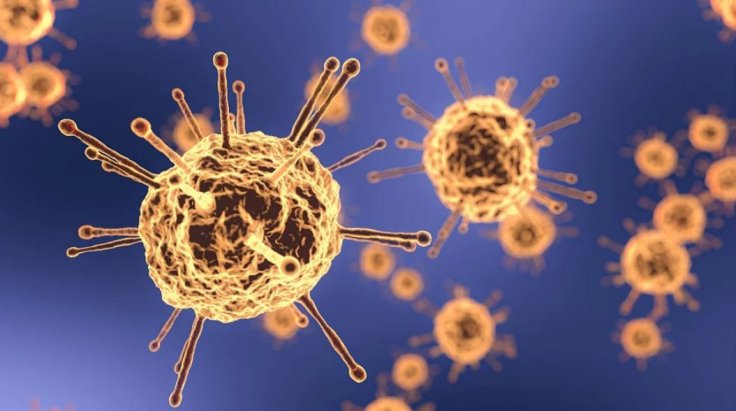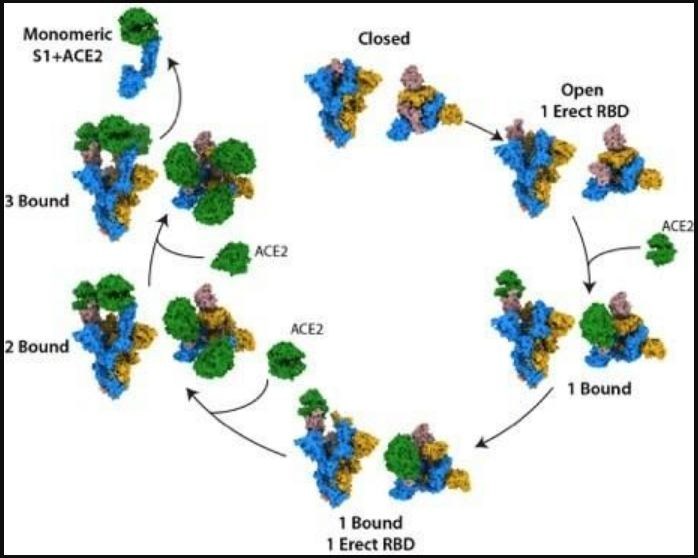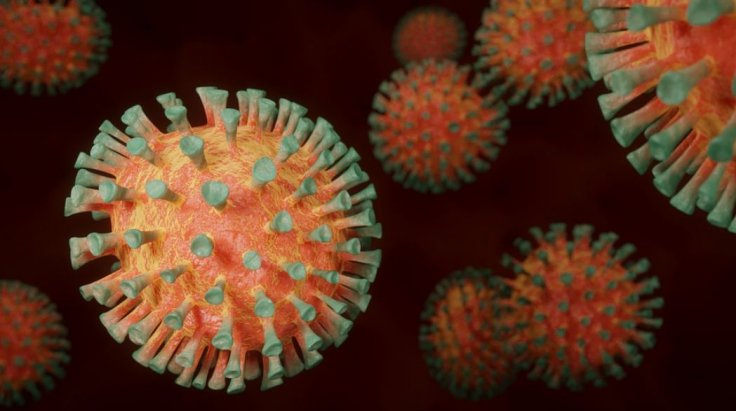Several individuals show no initial indications of physical distress or pain after contracting COVID-19. This, thereby, raises a very important question—What suppresses the pain? Now, scientists from the University of Arizona Health Sciences have an answer—The SARS-CoV-2 coronavirus itself.
According to the researchers, the finding of the study may help explain why nearly half the number of people infected with COVID-19 experience no or very few symptoms at the beginning of the infection, which leads to them spreading the infection to several people unknowingly. They believe the virus relieves the pain in the early stages of the infection by binding with a protein that plays a vital role in the pain signaling pathway.
"Perhaps the reason for the unrelenting spread of COVID-19 is that in the early stages, you're walking around all fine as if nothing is wrong because your pain has been suppressed. You have the virus, but you don't feel bad because your pain is gone. If we can prove that this pain relief is what is causing COVID-19 to spread further, that's of enormous value," explained Dr. Rajesh Khanna, corresponding author of the study.

'Numbing' Pain Before Causing It
The latest data from the US Centers for Disease Control and Prevention (CDC) estimates that 50 percent of COVID-19 transmission takes place before the manifestation of symptoms and 40 percent of individuals with COVID-19 are asymptomatic.
Dr. Michael D. Dake, Senior Vice President, said UArizona Health Sciences, said that this research suggests that it is likely that pain may be reduced by the coronavirus's spike protein by 'silencing' the body's pain signaling pathways during the initial stages of the infection.
A Second Target
It has been established that the SARS-CoV-2 virus uses its spike protein to bind with the angiotensin-converting enzyme 2 (ACE2) receptor to gain entry into cells. However, two recent studies have suggested that neuropilin-1, another protein, serves as the second receptor for the virus.

"That caught our eye because for the last 15 years my lab has been studying a complex of proteins and pathways that relate to pain processing that are downstream of neuropilin. So we stepped back and realized this could mean that maybe the spike protein is involved in some sort of pain processing," expressed Dr. Khanna.
Binding With a Pain Processing Receptor
There are several biological pathways through which pain is signaled in the human body. One of them is through a protein known as vascular endothelial growth factor-A (VEGF-A). The protein plays a vital role in the growth of blood vessels. However, it has also been associated with crippling illnesses such as rheumatoid arthritis, cancer, and more recently, COVID-19.
Akin to a key fitting into a lock, when VEGF-A binds with the neuropilin receptor, it triggers a series of reactions that results in the hyperexcitability of neurons, and ultimately pain. The research team discovered that the SARS-CoV-2 spike protein binds with neuropilin at the exact same region as VEGF-A.

With this awareness, the team conducted several experiments in laboratory conditions and rodent models in order to test the hypothesis—SARS-CoV-2 spike protein acts upon the VEGF-A/neuropilin pain pathway.
Using the VEGF-A as a trigger, they induced neuron excitability, creating pain. Then they added the coronavirus' spike protein. "Spike completely reversed the VEGF-induced pain signaling. It didn't matter if we used very high doses of spike or extremely low doses - it reversed the pain completely," explained Dr. Khanna.
Collision of Two Pandemics
Dr.Khanna is collaborating with virologists and immunologists from UArizona Health Sciences in order to continue the study of neuropilin's role in the spread of the pandemic. The studies will focus on investigating neuropilin as a potential target for non-opioid pain relief.

During the current study, the researchers evaluated existing small molecule neuropilin inhibitors developed for the suppression of tumor growth in certain forms of cancer. They found that these inhibitors provided that same relief as the SARS-CoV-2 virus' spike protein binding with neuropilin.
"We are moving forward with designing small molecules against neuropilin, particularly natural compounds, that could be important for pain relief," said Dr. Khanna said. Acknowledging that the COVID-19 pandemic's collision with the opioid epidemic, he concluded, "Our findings have massive implications for both. SARS-CoV-2 is teaching us about viral spread, but COVID-19 has us also looking at neuropilin as a new non-opioid method to fight the opioid epidemic."









